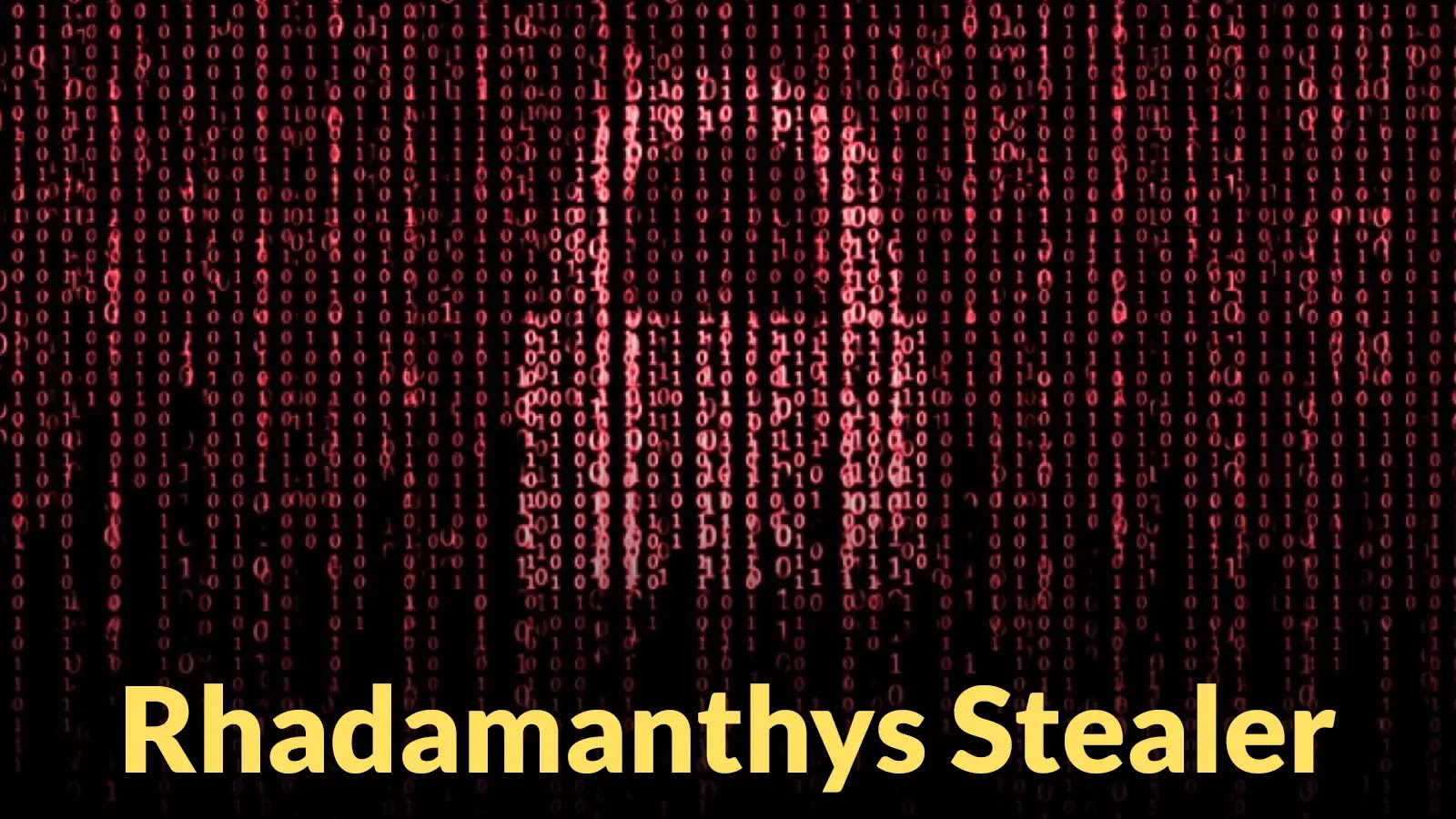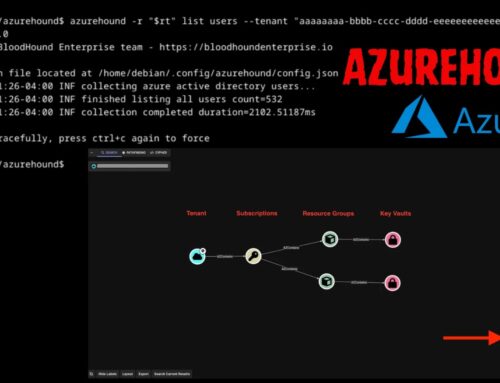
Rhadamanthys Stealer Available on Dark Web Prices Ranging from $299 to $499
Cybersecurity threats are a constant and evolving challenge, and the dark web serves as a marketplace for increasingly sophisticated malicious tools. Among these, information stealers stand out for their direct impact on data integrity and financial security. This post dives into the specifics of Rhadamanthys Stealer, a multi-modular information stealer that has quickly risen to prominence on underground forums.
What is Rhadamanthys Stealer?
Rhadamanthys is a sophisticated information stealer, first observed in September 2022. It’s designed to covertly harvest sensitive data from infected systems. Its developers have focused on making it a robust and commercially viable offering for cybercriminals. The malware’s initial design was heavily influenced by the earlier “Hidden Bee” project, which allowed for rapid development and the integration of professional-grade features.
The Evolution and Commercial Availability
Originally advertised by the threat actor “kingcrete2022,” Rhadamanthys has undergone continuous development, enhancing its capabilities and polish. This ongoing evolution has cemented its reputation as one of the more advanced commercial malware options available. Its presence on the dark web ensures accessibility for malicious actors looking to acquire powerful data exfiltration tools.
Dark Web Pricing and Accessibility
Access to Rhadamanthys Stealer is not free, reflecting its advanced nature and the value placed on such tools within the cybercriminal underworld. Prices for this sophisticated malware typically range from $299 to $499 on dark web marketplaces. This pricing structure indicates a tiered offering, potentially with different versions or feature sets available at varying costs.
Rhadamanthys’ Modus Operandi and Impact
As a multi-modular information stealer, Rhadamanthys can target a wide array of data types. While specific modules haven’t been detailed in the provided source, typical information stealers in this category focus on:
- Browser Data: Stolen credentials, cookies, autofill data, and browsing history from popular web browsers.
- Cryptocurrency Wallets: Keys and seed phrases from desktop cryptocurrency wallets.
- System Information: Machine details, installed software, and network configurations.
- Files: Specific documents or file types based on configuration.
- Screenshotting: Capturing images of the user’s desktop.
The impact of a Rhadamanthys infection can be severe, leading to financial fraud, identity theft, and compromise of various online accounts.
Remediation Actions
Protecting against sophisticated information stealers like Rhadamanthys requires a multi-layered approach to cybersecurity. Here are critical steps for individuals and organizations:
- Maintain Updated Software: Ensure operating systems, web browsers, and all installed applications are regularly updated to patch known vulnerabilities.
- Strong, Unique Passwords: Utilize strong, unique passwords for all online accounts and enable two-factor authentication (2FA) wherever possible.
- Email and Phishing Awareness: Exercise extreme caution with unsolicited emails, attachments, and links. Phishing remains a primary infection vector.
- Antivirus/Endpoint Detection and Response (EDR): Deploy and maintain robust antivirus software or EDR solutions that can detect and prevent malware execution.
- Regular Backups: Periodically back up critical data to an offline storage solution to mitigate the impact of data loss or encryption.
- Network Segmentation: For organizations, segmenting networks can limit the lateral movement of malware in case of an infection.
- Security Awareness Training: Continuously train employees on cybersecurity best practices and how to recognize social engineering attempts.
Conclusion
The emergence and commercial availability of sophisticated tools like Rhadamanthys Stealer underscore the persistent and evolving threat landscape. Its presence on the dark web, coupled with its advanced multi-modular design, makes it a formidable tool in the arsenal of cybercriminals. Proactive defenses, constant vigilance, and rapid response capabilities are essential to safeguard sensitive information from
such threats.





